Stranger Things (especially Season 4) is probably one of the most mainstream horror franchises today (in addition to being sci-fi, adventure, comedy, drama, and a million other genres). But how does it use horror tropes like “the final girl,” “the eldritch abomination,” “the madman from the asylum,” etc? More importantly, how does it know when to break the mold and go against the usual trope?
Spoilers for Season 4 Part 1!
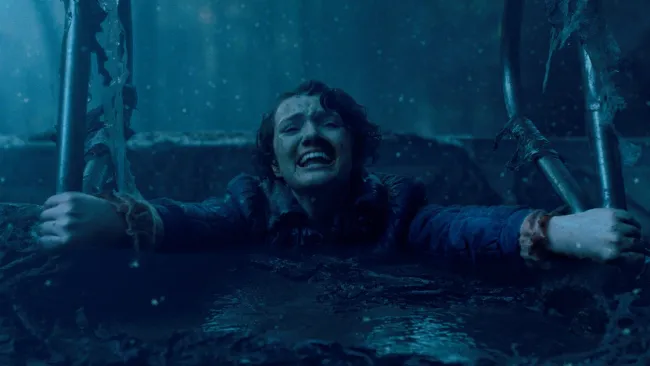
The First Victim
Many people believe that the first victim in horror movies is often a conventionally attractive, sexually active and/or drug-using woman (how accurate that is depends a lot on the type of horror you watch). There’s no denying, however, that a lot of early horror movies leaned into this trope.
But Stranger Things isn’t that kind of horror show.
In the first season, Barb was the first onscreen victim of the Demogorgon, and was about as much of a good girl as you can get, having only gone to the party in an attempt to preserve Nancy’s “virtue.” But after Nancy brushes her off to go have sex with Steve, Barb is left victim to the Demogorgon, an innocent victim of the horrors of the Upside Down.
A similar twist is done with Chrissy Cunningham, Vecna’s first victim in Season 4. While she does go to Eddie Munson’s place with the intent of buying drugs, she is portrayed as a tortured victim and someone who doesn’t have anywhere else to go to for help. Her behavior mirrors many neurodivergent people who attempt to self-medicate to deal with their mental illness.
At the same time, Chrissy’s supposed innocence leads to her boyfriend Jason attempting to white knight for her and rally a mob to kill her supposed murderer, showing how the perceived innocence of white women, and the fear of “the occult” has historically been used to justify horrible acts against those who ‘threaten’ WASP values. (Eddie’s story is directly inspired by the West Memphis Three, young men falsely accused of “satanic ritual murder” in the ’90s who spent 18 years in prison before being released.) In the end, no matter what sins they supposedly committed, Chrissy, Fred, Max, and now perhaps Nancy are shown to be victims and entirely undeserving of the brutal, torturous ends they receive at the hands of a sadistic murderer.
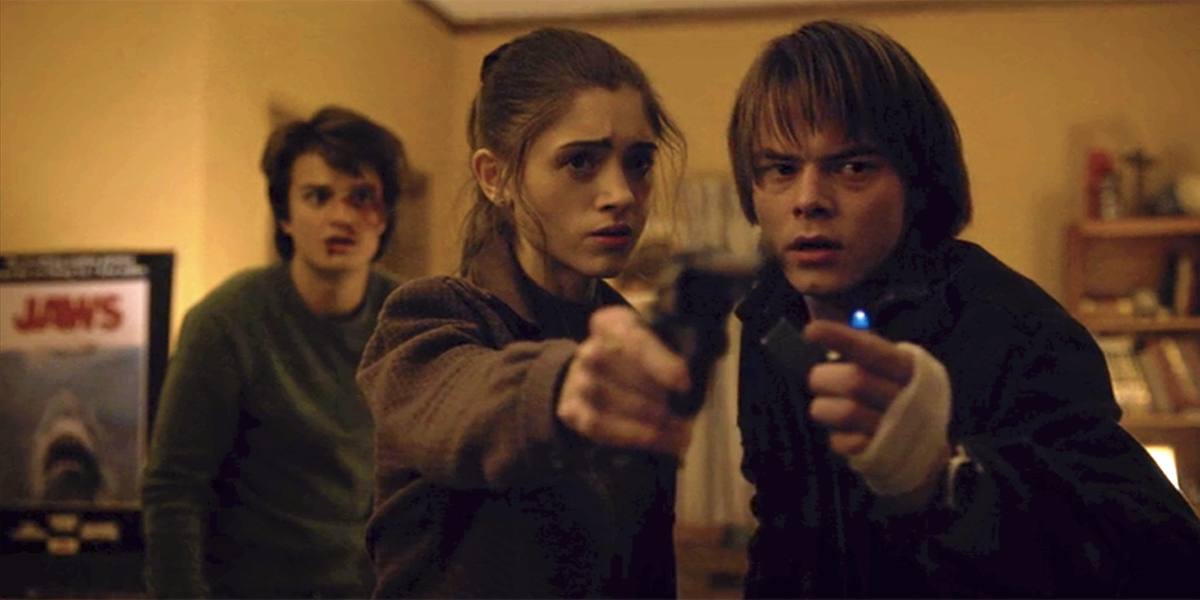
The Final Girl (and other archetypes)
Nancy, Steve, and Jonathan all fulfill different archetypes common in both 80s teen movies and 80s horror movies. Nancy is the Final Girl/main girl in a teen rom-com, Steve was the asshole jock boyfriend, and Jonathan was the outsider kid. But all three are much more than their archetypes.
Not only is Nancy not a virgin, but she is also a fighter in every sense. While typical final girls often have to depend on makeshift weapons, basic kitchen knives, or traps, Nancy uses a gun and is one of the best shots in the series.
The fact that she is often the one leading the investigations of the Upside-Down also means she was one of the few humans the Mind Flayer took notice of, with it going so far as to send her Flayed coworkers after her, playing into the idea that the Final Girl is a warrior against evil.
Jonathan is a rebel and loner mostly out of necessity, being poor and an additional parent/source of income in his household, he can’t afford to waste time on parties or friends at first because he needs to take care of his family. But that same pressure also causes him to burn out (literally, he’s a pothead in Season 4 who responds to his relationship stresses by smoking).
Steve has also undergone a masterful character development the likes of which is rarely seen in horror. What’s even better was how it was almost accidental; Steve was originally going to die in Season 1, but the Duffer bros liked Joe Keery so much they expanded his role. Thank the Mind Flayer they did, as having him be just another flat archetype like his friends Tommy and Carol would have robbed us one of the best character arcs in all of television.
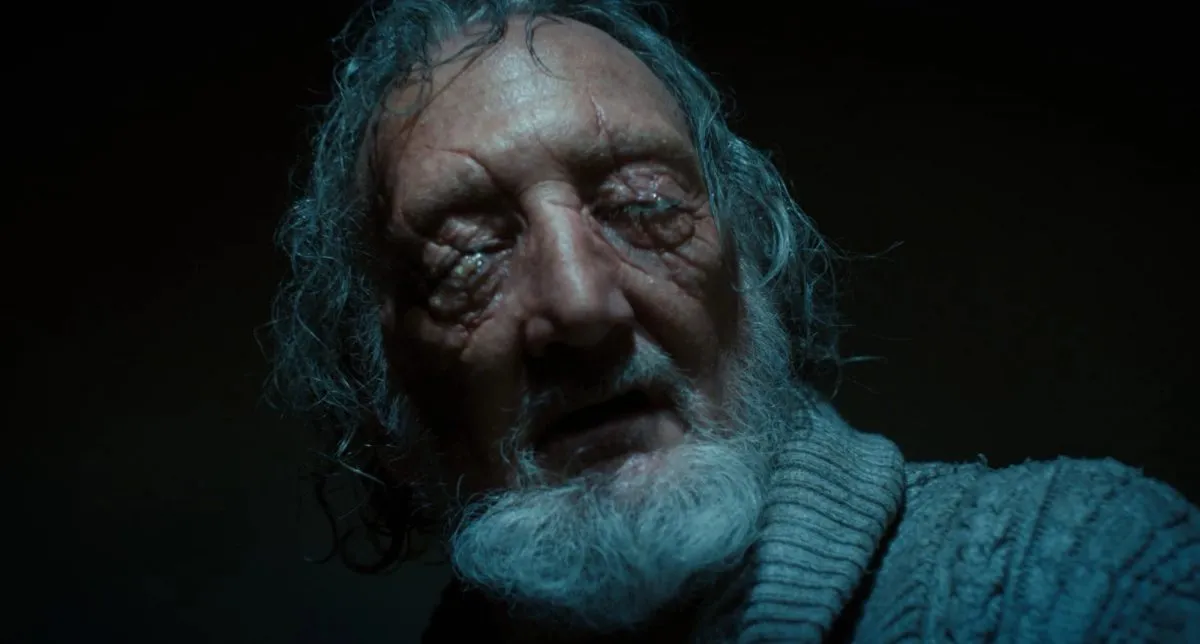
The Madman from the Asylum
From the second episode of the show, the kids are already showing how they know horror tropes, at first theorizing that Eleven is an escaped patient from a mental institution “like Michael Myers.”
Arguably a more aggressive spin on the “madwoman in the attic,” this trope utilizes the fear of the unusual when it interacts with the “normal,” and arguably has a lot of ableist connotations, demonizing those who struggle with mental illness, many of whom are more likely to victims than perpetrators of violent crimes.
And it’s a trope many franchises are attempting to come to terms with decades later. Halloween 2018 and Halloween Kills both try to illustrate how the average Smith’s Grove patient is more disturbed than violent, with the other escaped patients choosing to chase butterflies and check emails rather than go on murderous rampages like Myers. One of those patients is also the victim of the mob in Halloween Kills, ending up dead after going to the hospital to receive help.
Thankfully, Stranger Things has done an excellent job at fighting against this trope in particular. At first, you think Victor Creel is the obvious bad guy, being a madman in an asylum with gouged-out eyes and being played by Freddy Krueger himself, Robert Englund. But a bit of compassion and conversation quickly reveal that Creel and his family were victims of a greater evil, an evil eventually revealed to be their own son, Henry. And if getting Freddy Krueger to play a misunderstood victim isn’t a subversion of all that we know of horror, I don’t know what is.
Speaking of the Devil (or close to it), let’s get to—
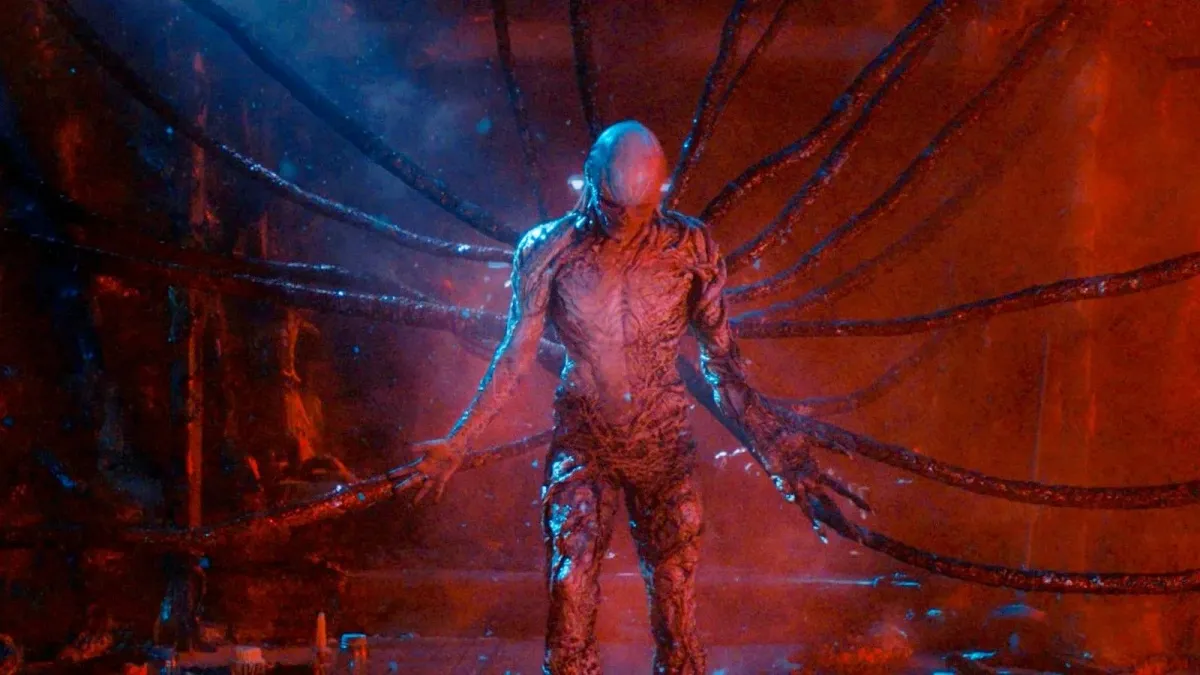
Vecna AKA Henry Creel AKA 001
Henry Creel is the first subject of Hawkins lab and was ultimately the first person to have contact with the Upside-Down.
As Vecna, he is a kind of Inescapable Horror, coming after the troubled teens of Hawkins in a hallucinatory leadup that evokes slow-stalking horrors like Sadako of Ringu and the It of It Follows.
He also tortures his victims with visions of their own fears and guilt, evoking psychological killers like Freddy Krueger (makes sense, as the older version of his father is played by Robert Englund). Meanwhile, his full-body prosthetics and acts of service to a greater evil evoke the Cenobites, specifically Pinhead of Hellraiser.
While Vecna/Henry is still being explored as a villain, he is a useful antagonist as he allows us to explore Eleven’s past, Max’s trauma and depression, and the origins of the Upside-Down (or at least the ways the characters perceive it).

The Eldritch Abomination
The main antagonist of the show is the Mind Flayer, the hive mind of the entire Upside-Down and the being of cloudy tentacles that haunts Will Byers’ nightmares.
While many traditional portrayals of Eldritch have them as being above and beyond humans to the point of us generally being beneath their notice (apart from the occasional worshiping cult), the Mind Flayer is rather the opposite.
Much like Australia losing a war to emus, the Mind Flayer isn’t exactly the most effective at its job.
The Mind Flayer seems almost childish in some ways, throwing tantrums when its plans are ruined, like a gamer “tunneling” one player after that player messes with them, or a child trying to drown an anthill after they get bit once. It’s gotten to the point that it’s so frustrated with the Party that it’s now sending Vecna to deal with them in hopes that this more personal threat will be the one to end the Party’s interference for good.
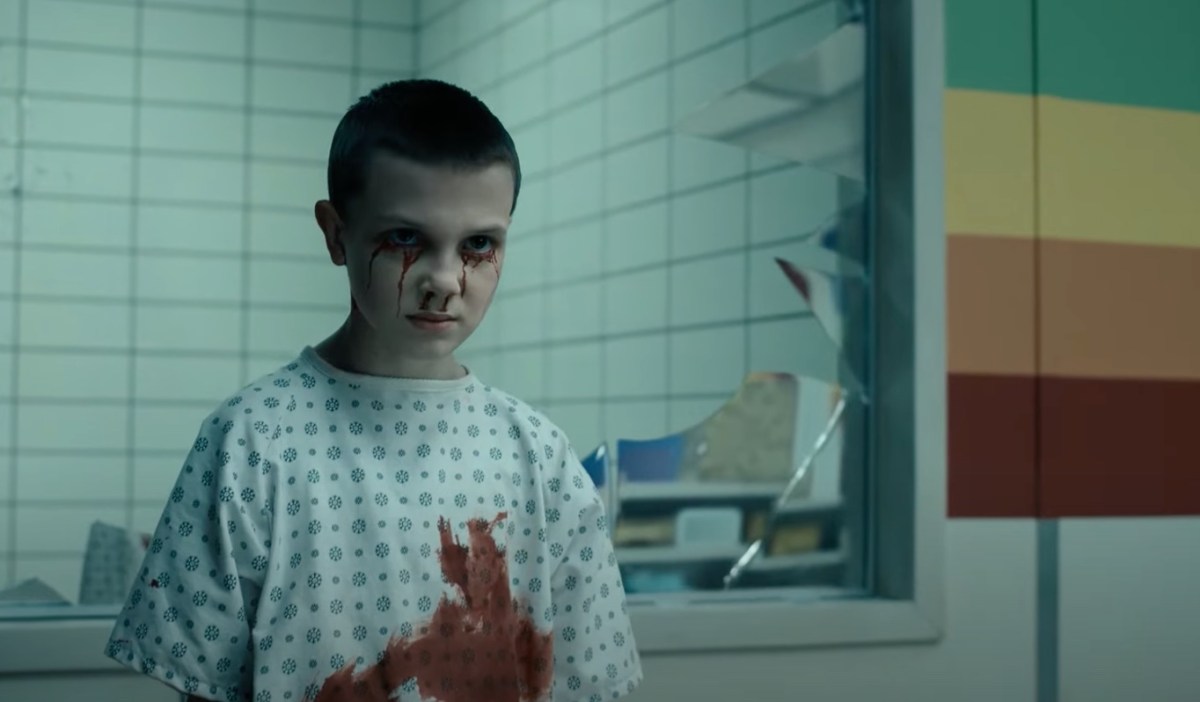
The Psychic
Eleven’s power and tortured backstory has been ripped from the pages of everything from X-Men’s Dark Phoenix to Stephen King’s Carrie and Firestarter. In many ways, Stranger Things made a better adaptation of Firestarter than the most recent Firestarter movie.
Eleven is so powerful and potentially terrifying that she kills more people in Season 1 than the Demogorgon. But at the same time, the show reminds us that despite her trauma, Eleven is a good person who kills out of self-defense and not anger.
But it also made sure to create a character who was not just her powers, not just her traumas, and who has a lot of agency in her own story.
People rail against the “Lost Sister” episode of Season 2 but the show’s willingness to make sure Eleven wasn’t only defined by the people in Hawkins helps assure the character of her motivations and personality. She’s not Dr. Brenner’s drone or a furious avenger like Kali.
She’s Eleven and she fights for her friends.
And in conclusion …
Stranger Things is a throwback and a celebration of nostalgia. At times, it can be a little too similar to the stories it’s referencing.
But when it really needs to make its mark, it understands that the best way to write is knowing the rules and knowing when to break them.
Want more stories like this? Become a subscriber and support the site!
—The Mary Sue has a strict comment policy that forbids, but is not limited to, personal insults toward anyone, hate speech, and trolling.—



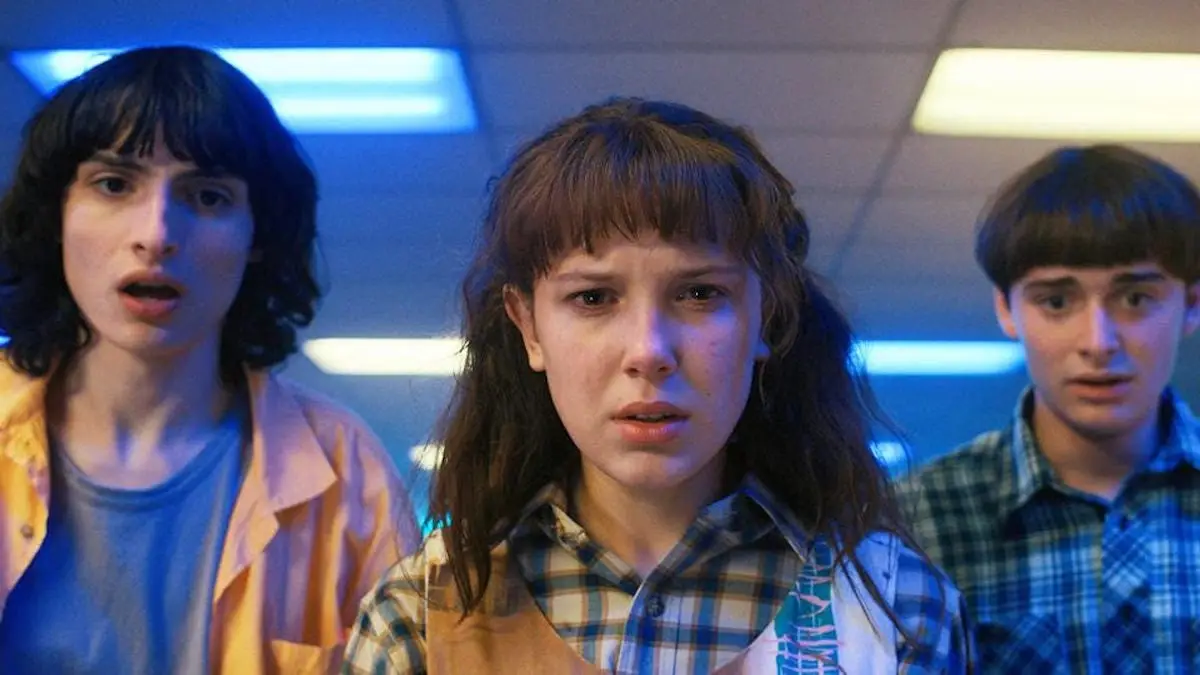






Published: Jun 28, 2022 5:24 PM UTC